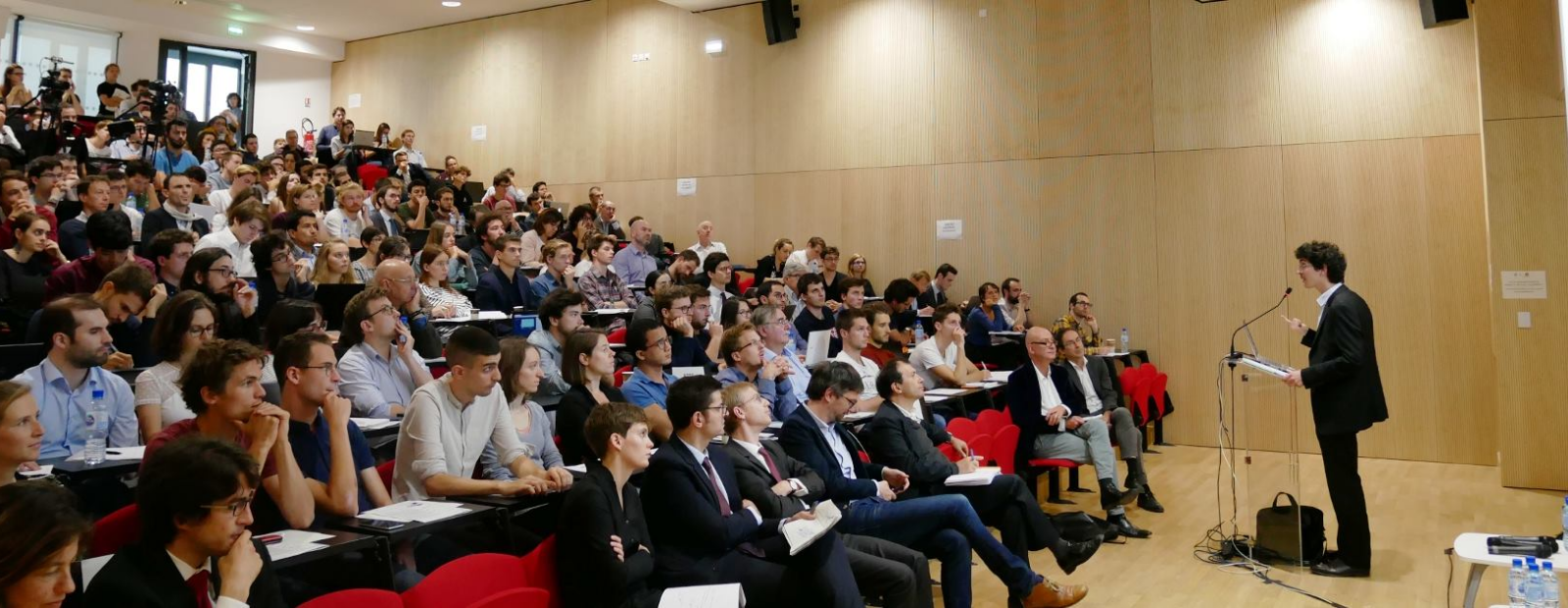Publié en
- Professeur
- Directeur i-MIP
- Université Paris 1 Panthéon-Sorbonne
- i-MIP
Groupes de recherche
- Chercheur associé à la Chaire Mondialisation.
THÈMES DE RECHERCHE
- Changement structurel, inégalités et développement
- Commerce international et politiques commerciales
Contact
Adresse : France
Campus :
Jourdan
Publications HAL
-
The Low-Hanging Fruit of the Single European Market: New Methods and Measures Pré-publication, Document de travail
-
Heterogeneous Trade Elasticity and Managerial Skills Pré-publication, Document de travailAuteur : Maria Bas
Publié en
-
The heterogeneous impact of the EU-Canada agreement with causal machine learning Pré-publication, Document de travail
Publié en
-
From macro to micro: Large exporters coping with global crises Article dans une revueRevue : Journal of International Economics
Publié en
-
Reorganizing global supply-chains: Who, What, How, and Where Pré-publication, Document de travail
Publié en

